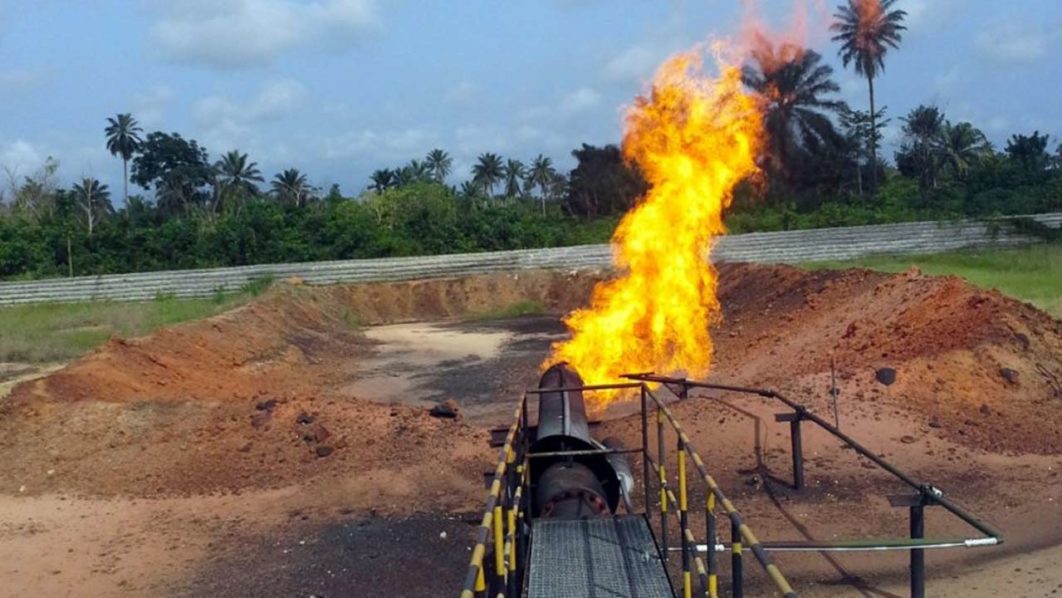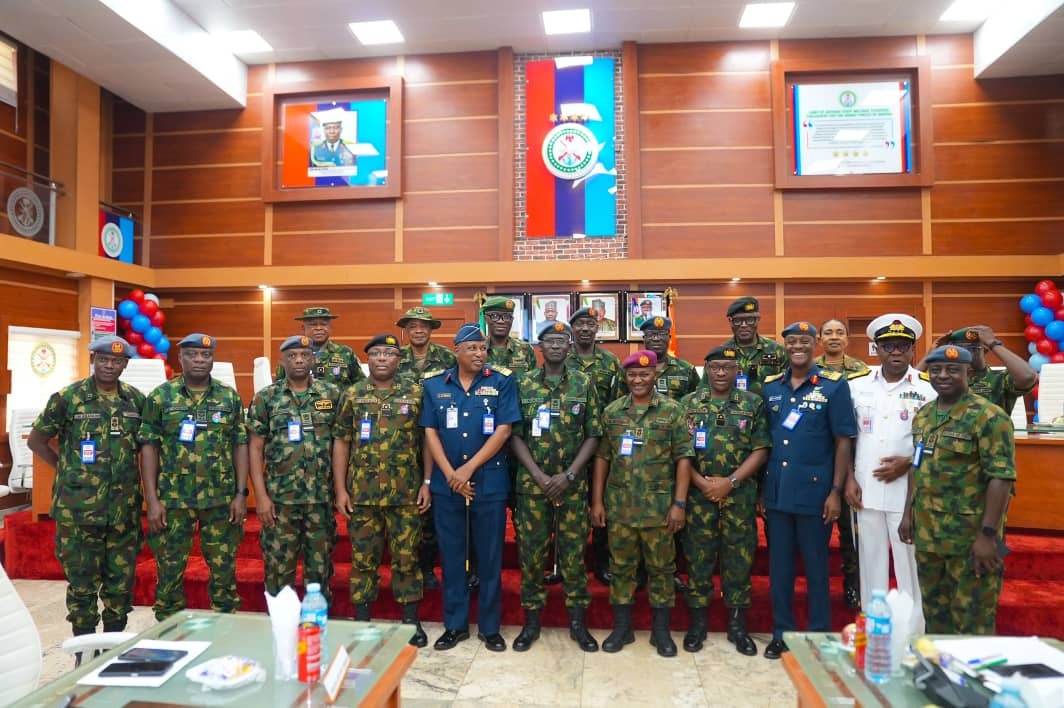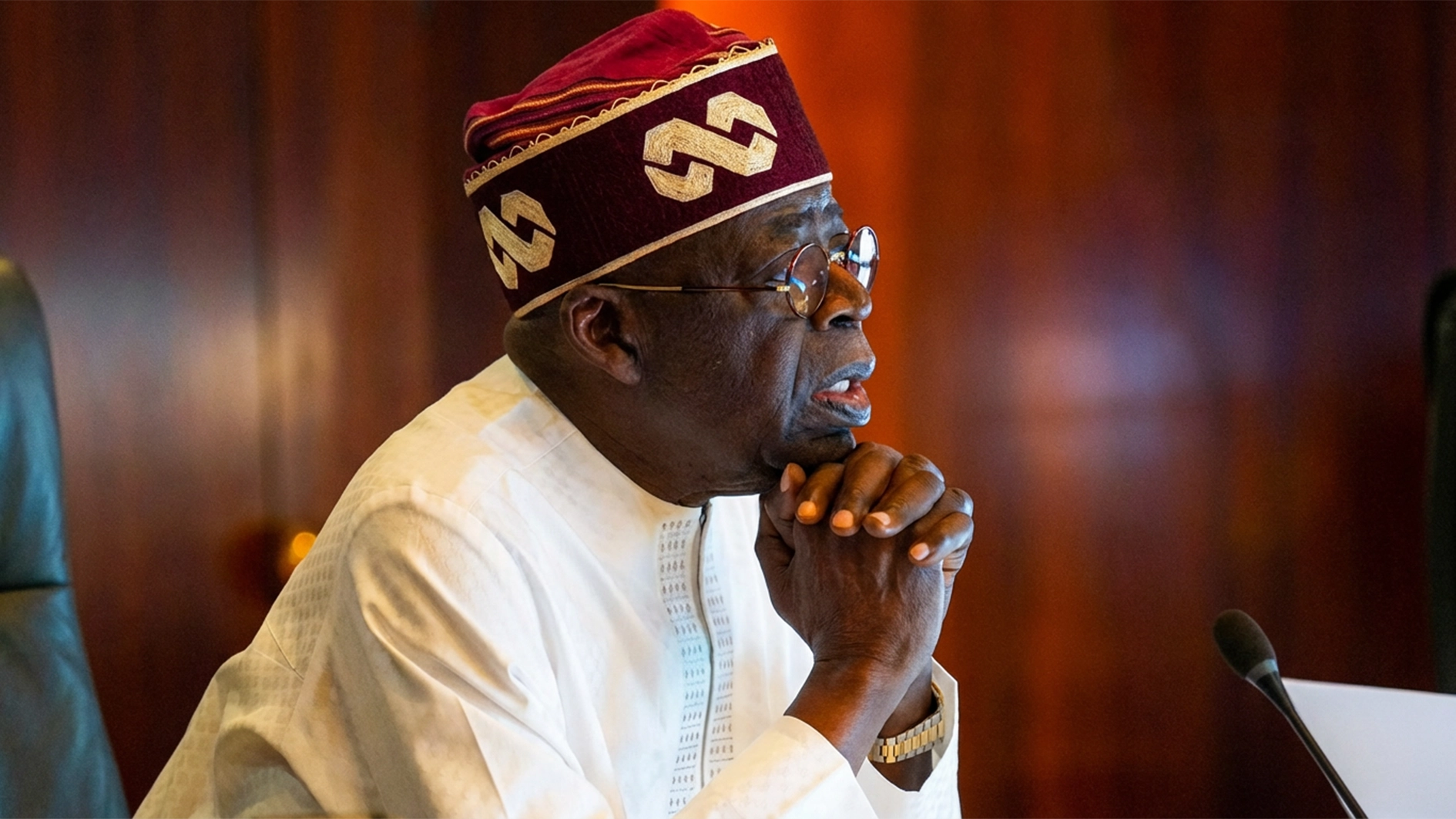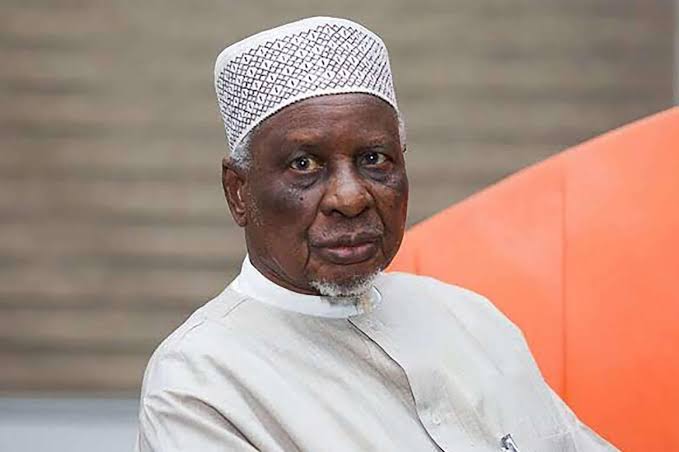
About seven years after developing the Nigerian Gas Flare Commercialisation Programme (NGFCP), the Federal Government on Wednesday announced that 49 flare sites have been awarded to a group of 42 investors.
The aim of the programme is to save the environment and reduce impacts of routine gas flaring on the people living in the oil reach, Niger Delta region while monetising the resources.
The Guardian had reported that Nigerian National Petroleum Company Limited (NNPCL), Shell, ExxonMobil, Chevron, Total and other oil companies operating in the country flared about $3.9 billion (about N3 trillion) worth of gas in the last four years, despite growing environmental concerns and revenue leakages in the nation’s petroleum industry.
Although the companies pledged commitment to environmental sustainability and climate change, their operations have left Nigeria with 1.2 trillion standard cubic feet of gas with expected carbon dioxide emissions of 65.9 million tonnes.
Failing repeatedly on the target of zero gas flaring, Nigeria with a gas reserve of over 209 trillion standard cubic feet has been regularly flagged in the global community as a country that’s notorious for gas flaring.
The Nigerian Upstream Petroleum Regulatory Commission (NUPRC) in a release on Wednesday said the 42 companies were selected in a keenly contested bids.
The commission said, 38 of the companies were awarded flare sites for standalone single flare site development, while four were awarded nine sites to be developed as clusters.
The move according to NUPRC was in furtherance of its mandate in Section seven (e) and Section 105 (two) of the Petroleum Industry Act (PIA), 2021.
Commission, in the third quarter of 2022, restructured the NGFCP and re-launched the programme to align with the provisions of the PIA, as well as reflect prevailing economic and operational realities.
The Commission stated that the significant success recorded in the NGFCP bid process was due to a series of focused engagements with relevant stakeholders including domestic investors, international development agencies, oil and gas producers, technology providers and financial institutions during the intervening months.
“The engagements by the Commission were to galvanise and sustain interest in the programme, attract investments and stimulate participation by local and foreign entities,” the commission headed by Komolafe said.
About 300 companies had applied for the gas flare sites when the Request for Qualification (RFQ)was issued in the fourth quarter of 2022. The programme was relaunched after the Petroleum Industry Act came into effect.
The evaluation of the SOQs led to the selection of 139 applicants, after the commission issued a Request for Proposal (RFP) to enable qualified applicants to put together their respective proposals, 88 entities, comprising individual companies and consortiums responded to the RFP and submitted a total of 137 proposals, each containing technical, commercial and financial documentation for one or more of the 49 flare sites for either standalone or cluster development.
While some companies were also awarded Reserve Bidders status for the corresponding flare sites in case the Preferred Bidders fail to meet the terms and conditions contained in the RFP, the 42 winners would now individually proceed to execute the Suite of Commercial Agreements with relevant parties and effect payment of the prescribed award fees to enable the grant of Permit to Access Flare Gas by the Commission.
NUPRC said KPMG, a global network of professional firms, has been approved to partner with the Commission in the implementation of the award to ensure successful outcome of the gas flare-out commercialization process.
Recall that after approval by the Federal Executive Council (FEC), the gas commercialization programme was launched by the ministry of petroleum resources on December 13, 2016, but remained elusive for seven years.
In 2021, the Department of Petroleum Resources (DPR) now NUPRC said 45 out of 178 gas flaring sites in the country were identified for award to successful bidders.
The Federal government had shortlisted 200 bidders from 800 bids to compete for the 45 flare sites, noting that other flare sites were coming on board.






